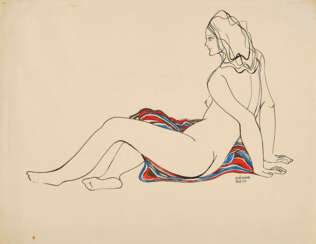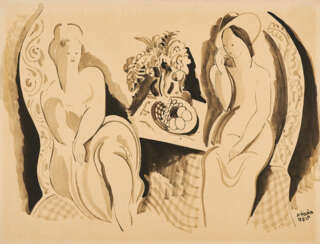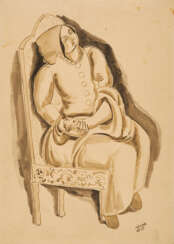
Modern Art — A1153: Modern Art
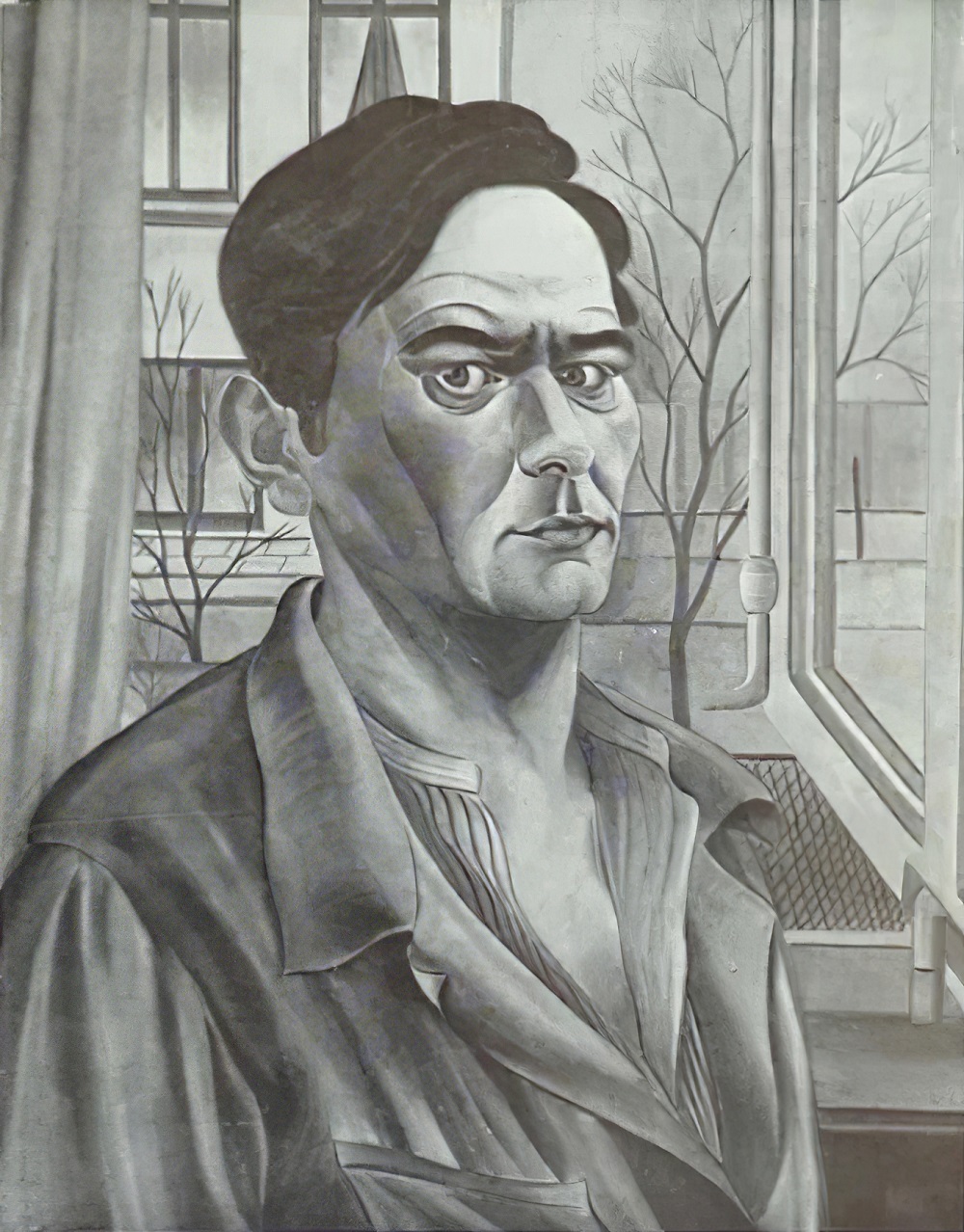
Christian Arnold was a German painter and graphic artist. He is best known for his landscape paintings that often depicted the rural and coastal regions of northern Germany.
Arnold studied at the Academy of Fine Arts in Munich and later taught at the School of Arts and Crafts in Bremen. His work was heavily influenced by the German Expressionist movement, and he often used bold colors and thick brushstrokes to create a sense of emotional intensity in his paintings.
In addition to his landscapes, Arnold also produced numerous portraits, still lifes, and religious works. He worked in a variety of mediums, including oil paints, watercolors, and printmaking.
Arnold's work was exhibited widely during his lifetime, and he received numerous awards and honors for his contributions to the arts. Today, his paintings are held in collections around the world, including the National Gallery in Berlin and the Kunsthalle Bremen.

Salvador Dalí, a Spanish Surrealist painter and printmaker, is celebrated for his vivid and imaginative works that delve into subconscious imagery. Born on May 11, 1904, in Figueres, Catalonia, Spain, Dalí's early exposure to Impressionism and Renaissance masters significantly influenced his artistic development. His education in fine arts in Madrid further shaped his style, leading him to experiment with Cubism and avant-garde movements. In the late 1920s, Dalí embraced Surrealism, joining the Surrealist group in 1929 and rapidly becoming one of its most prominent figures.
Dalí's most famous work, "The Persistence of Memory," completed in 1931, epitomizes the Surrealist movement with its iconic melting clocks symbolizing the fluidity of time. His artistic repertoire was diverse, including painting, graphic arts, film, sculpture, design, and photography, often incorporating themes of dreams, the subconscious, sexuality, religion, and science. Despite his remarkable artistic contributions, Dalí's eccentric and flamboyant public persona often overshadowed his work. He faced criticism for his public support of the Francoist regime and the authenticity of some of his late works.
Dalí's legacy is preserved in major museums, notably the Dalí Theatre-Museum in Figueres and the Salvador Dalí Museum in St. Petersburg, Florida. These institutions showcase his extensive and varied body of work, illustrating his profound impact on Surrealism, pop art, and contemporary artists.
If you're captivated by the surreal world of Salvador Dalí and want to stay informed about new sales and auction events featuring his works, sign up for our updates. Our service is tailored specifically for art collectors and experts, providing timely information and insights into the vibrant market of Dalí's art. Remember, this subscription is focused solely on bringing you the latest in product sales and auction events related to Salvador Dalí. Don't miss out on the opportunity to enrich your collection with pieces from one of the most influential surrealists of all time. Sign up now and be the first to know about these exclusive events.
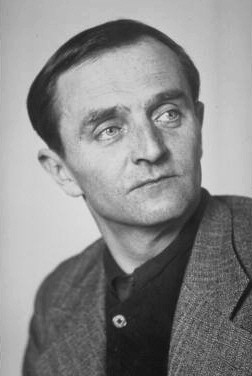
Josef Dobrowsky was an Austrian painter and member of the Zinkerbacher Artist Colony that lived and worked together at Lake Wolfgang until its dissolution after Austria was annexed by Germany, known as the Anschluss, in 1938.
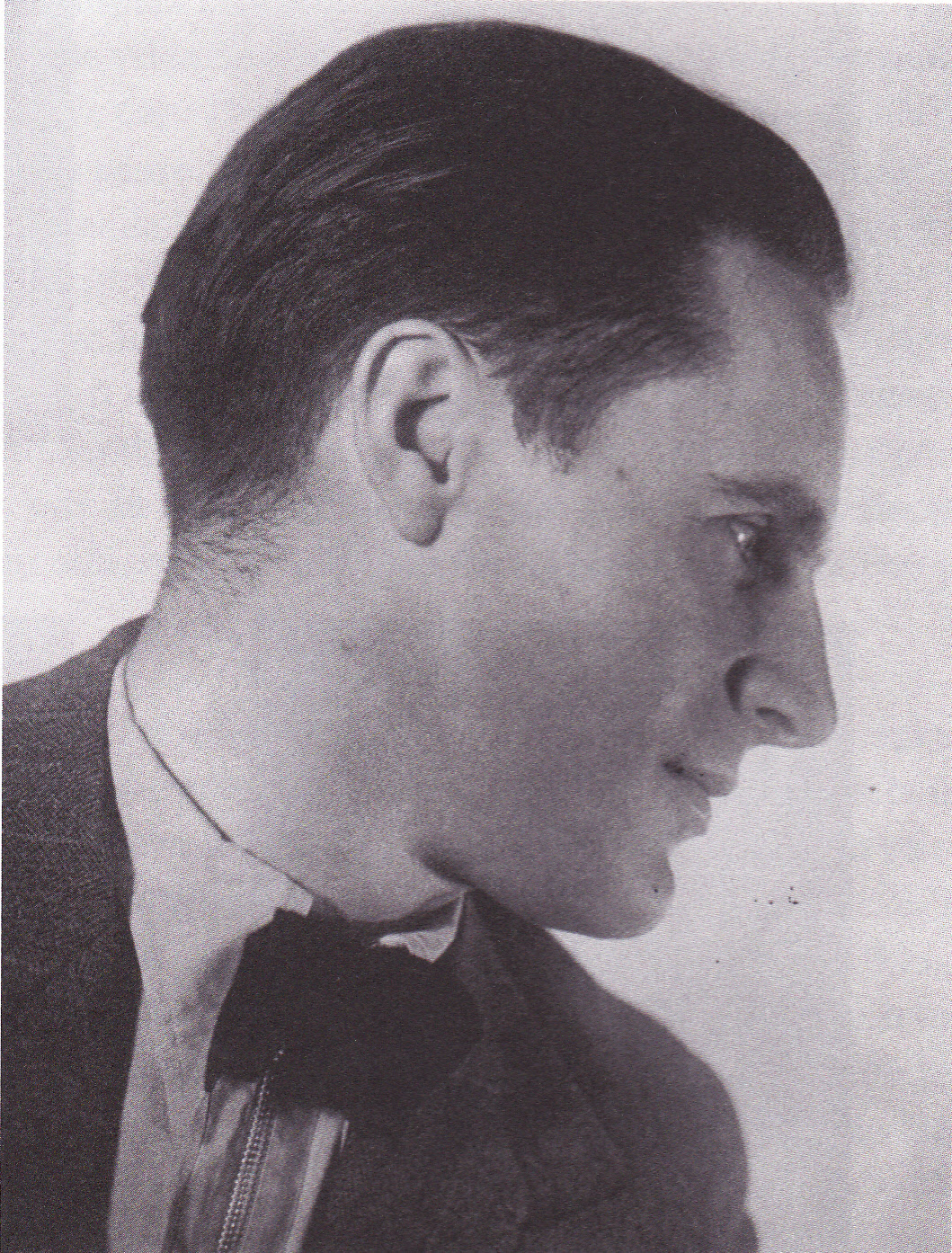
Marc Eemans was a Belgian painter, poet and art historian, one of the pioneers of constructivist abstraction.
In 1925, Eemans joined the Surrealist artists Dali and Magritte, with whom he held joint exhibitions. And soon the poet's fame eclipsed his success as a painter. In 1930, Eemans made his debut as a poet in Vergeten te worden: 10 lijnvormen, beïnvloed Door 10 woordvormen. Influenced by Symbolism, he calls his poetry "gnostic surrealism". In 1938 he publishes a collection of poems, Visioen Woli, and others.
His artistic and political stance during World War II led to a break with Magritte and others.
In addition to poetry collections, Eemans wrote essays on a variety of subjects, including modern painting and architecture.
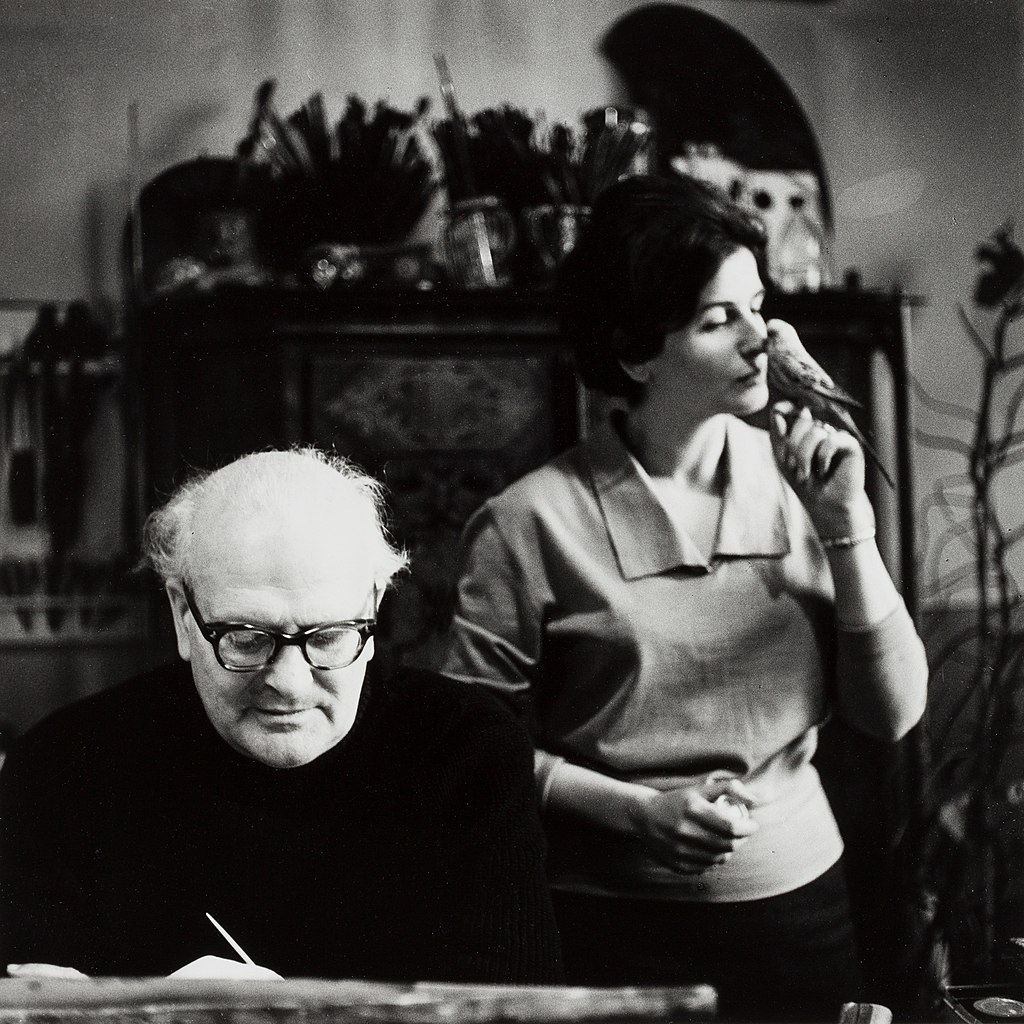
Edgar Carl Alfons Ende was a German surrealist painter, father of children's author Michael Ende and member of the Munich Secession.
Edgar Ende's work belongs to the tradition of fantasy and visionary art, and is considered one of the most important contributions of twentieth-century German painting to this style.
By the end of 1936 his paintings were considered 'degenerate art', and his work and exhibitions were banned by the Nazi regime. After the end of the war, Edgar Ende was one of the co-founders of the professional association of Munich artists, and for the first time participated in the Venice Biennale.
Since 1963 he has been an honorary member of the Academy of Fine Arts in Munich.

Edgar Carl Alfons Ende was a German surrealist painter, father of children's author Michael Ende and member of the Munich Secession.
Edgar Ende's work belongs to the tradition of fantasy and visionary art, and is considered one of the most important contributions of twentieth-century German painting to this style.
By the end of 1936 his paintings were considered 'degenerate art', and his work and exhibitions were banned by the Nazi regime. After the end of the war, Edgar Ende was one of the co-founders of the professional association of Munich artists, and for the first time participated in the Venice Biennale.
Since 1963 he has been an honorary member of the Academy of Fine Arts in Munich.

Edgar Carl Alfons Ende was a German surrealist painter, father of children's author Michael Ende and member of the Munich Secession.
Edgar Ende's work belongs to the tradition of fantasy and visionary art, and is considered one of the most important contributions of twentieth-century German painting to this style.
By the end of 1936 his paintings were considered 'degenerate art', and his work and exhibitions were banned by the Nazi regime. After the end of the war, Edgar Ende was one of the co-founders of the professional association of Munich artists, and for the first time participated in the Venice Biennale.
Since 1963 he has been an honorary member of the Academy of Fine Arts in Munich.
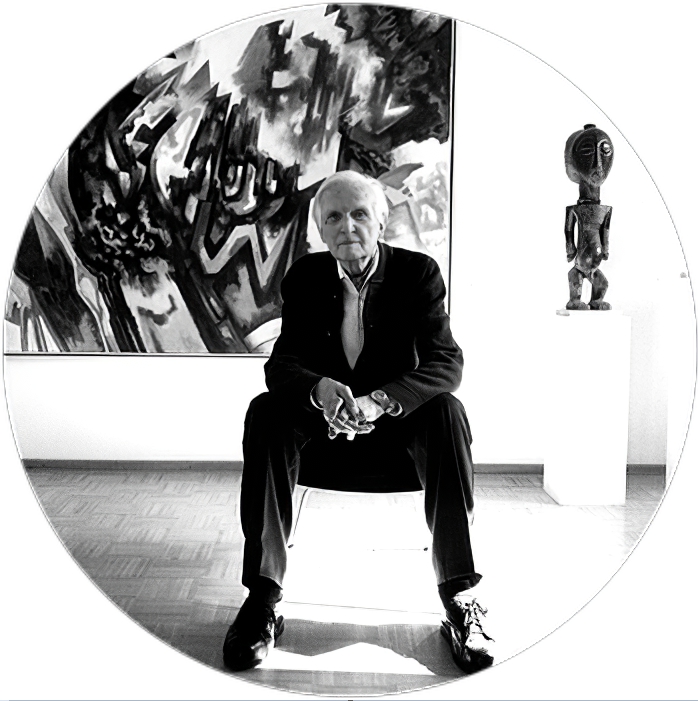
Gerhard Fietz was a German painter, professor and representative of non-objective painting. He is considered an important painter of the second half of the 20th century in Germany.
As a co-founder of the artist group ZEN 49, he opposed traditional representational art and, together with painters such as Willi Baumeister, Fritz Winter and Rupprecht Geiger, developed a style of painting that focused on experimenting with artistic means. Fietz exhibited at numerous national and international exhibitions, including the highly regarded exhibition at the Cercle Volnay in Paris in 1955.

Gerhard Fietz was a German painter, professor and representative of non-objective painting. He is considered an important painter of the second half of the 20th century in Germany.
As a co-founder of the artist group ZEN 49, he opposed traditional representational art and, together with painters such as Willi Baumeister, Fritz Winter and Rupprecht Geiger, developed a style of painting that focused on experimenting with artistic means. Fietz exhibited at numerous national and international exhibitions, including the highly regarded exhibition at the Cercle Volnay in Paris in 1955.

Gerhard Fietz was a German painter, professor and representative of non-objective painting. He is considered an important painter of the second half of the 20th century in Germany.
As a co-founder of the artist group ZEN 49, he opposed traditional representational art and, together with painters such as Willi Baumeister, Fritz Winter and Rupprecht Geiger, developed a style of painting that focused on experimenting with artistic means. Fietz exhibited at numerous national and international exhibitions, including the highly regarded exhibition at the Cercle Volnay in Paris in 1955.

Gerhard Fietz was a German painter, professor and representative of non-objective painting. He is considered an important painter of the second half of the 20th century in Germany.
As a co-founder of the artist group ZEN 49, he opposed traditional representational art and, together with painters such as Willi Baumeister, Fritz Winter and Rupprecht Geiger, developed a style of painting that focused on experimenting with artistic means. Fietz exhibited at numerous national and international exhibitions, including the highly regarded exhibition at the Cercle Volnay in Paris in 1955.
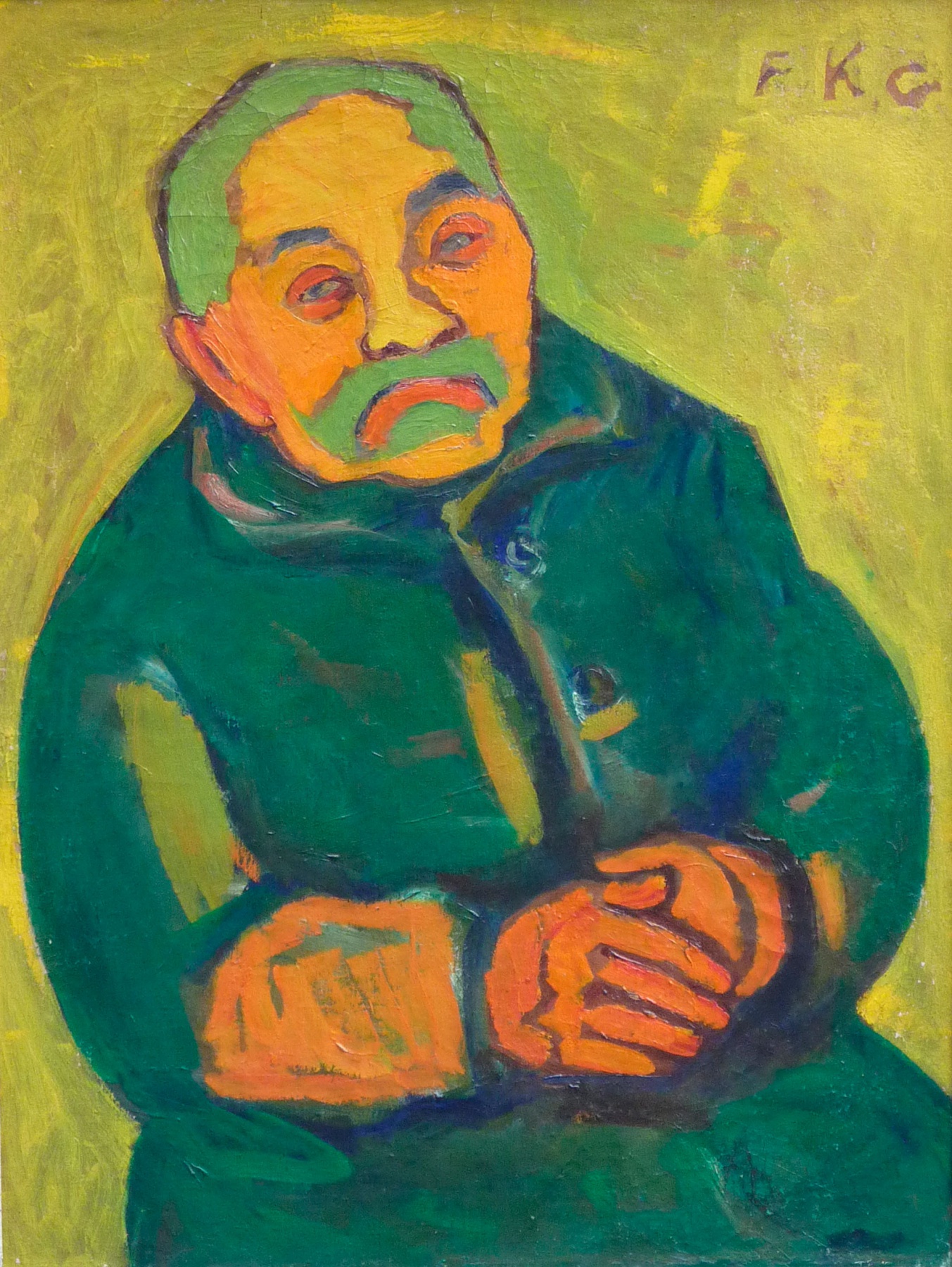
Friedrich Karl Gotsch, actually Friedrich Karl Müller, was a German painter and graphic artist.
After a phase of intense research into Picasso's cubism and experimentation with abstract techniques, the artist developed "late expressionism", which was typical of his work. Even during his lifetime, Gotsch was highly respected as one of the few painters of his generation who painted representational pictures. He also participated in numerous exhibitions and received renowned awards.
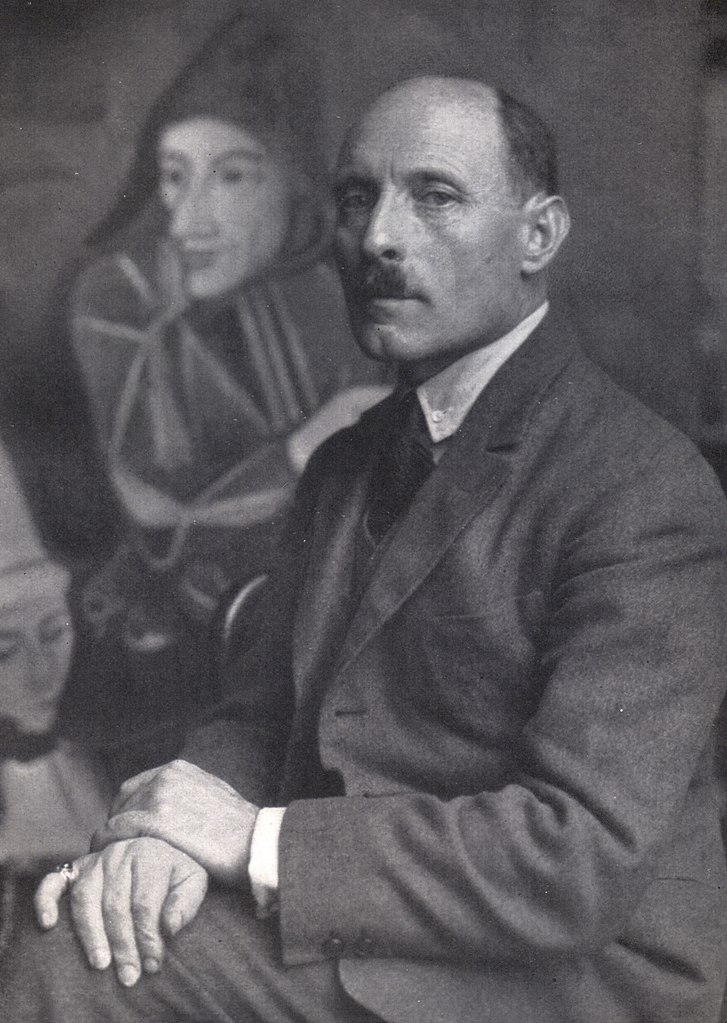
Karl Hofer was a German expressionist painter. He was director of the Berlin Academy of Fine Arts.
One of the most prominent painters of expressionism, he never was a member of one of the expressionist painting groups, like "Die Brücke", but was influenced by their painters. His work was among those considered degenerate art by the Nazis, but after World War II he regained recognition as one of the leading German painters.
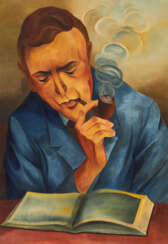







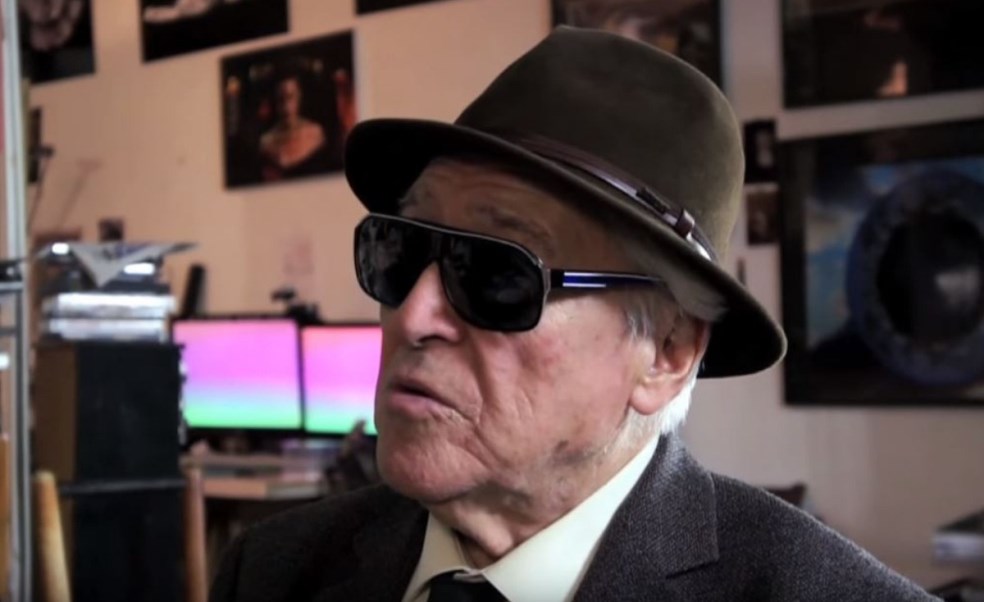












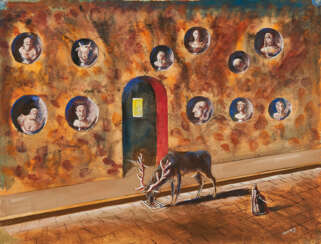



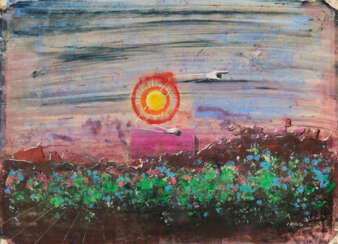

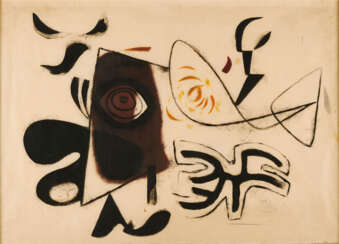





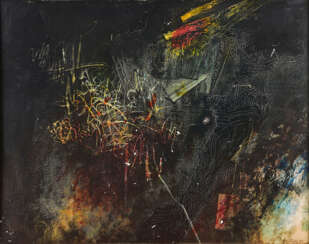

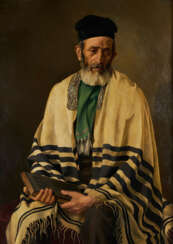





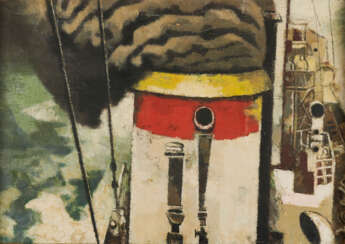

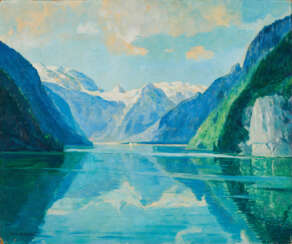


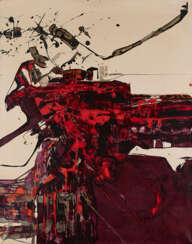

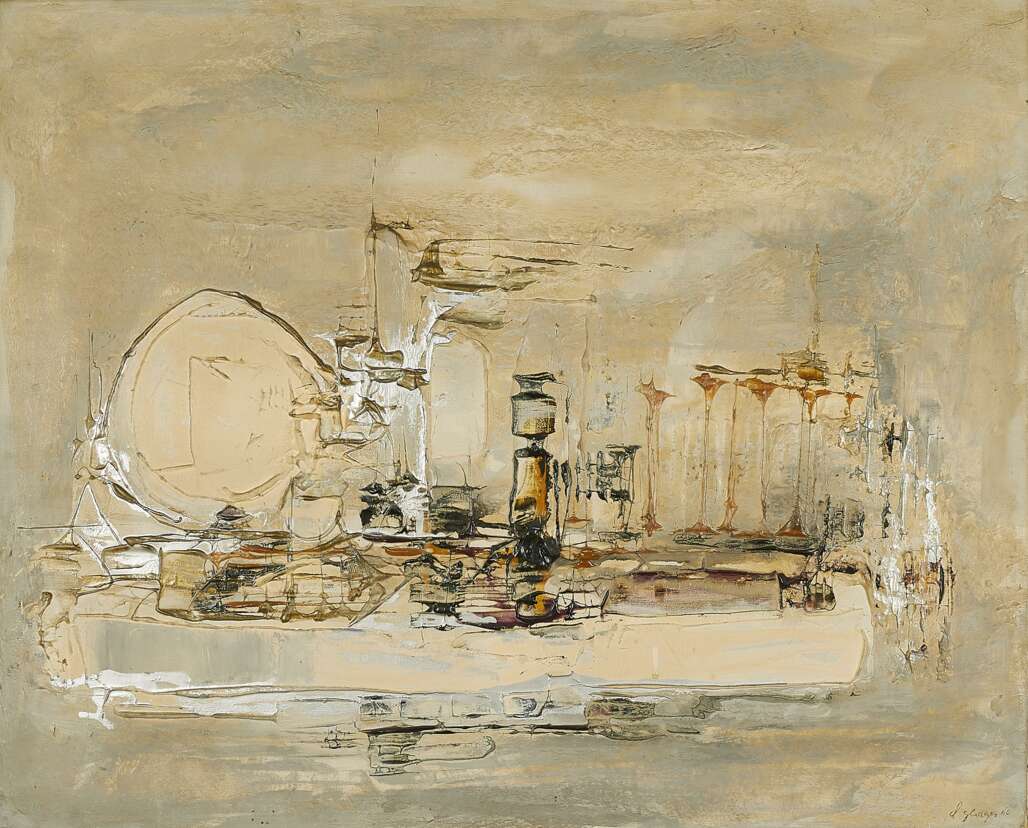
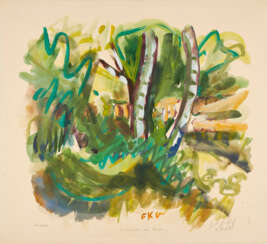

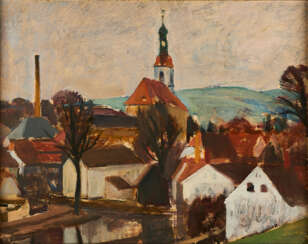

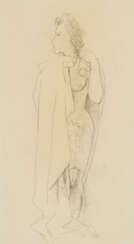

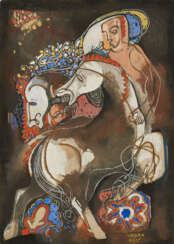

.jpg)
